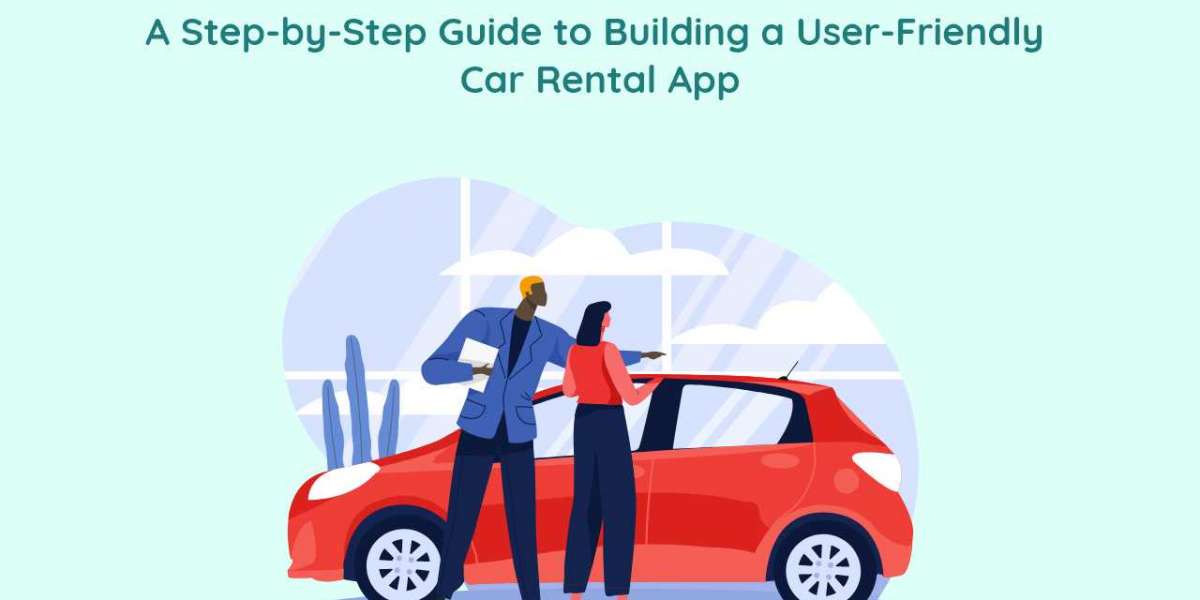In the evolving digital landscape, a user-friendly car rental app can provide significant advantages, enhancing convenience for customers and driving business growth. Creating such an app requires a methodical approach, combining strategic planning, thoughtful design, and effective execution. This guide outlines the steps necessary to build a car rental app that meets user expectations and stands out in the competitive market.
1. Define Objectives and Target Audience
Before beginning the development process, it's essential to clarify the app's objectives and understand the target audience.
Identify Objectives
Start by defining the core objectives of your app. Are you aiming to offer an exceptional user experience, expand your customer base, or streamline fleet management? Clear objectives will shape your app’s features and functionalities.
Understand Your Audience
Conduct market research to identify your target audience's needs and preferences. Are you targeting business travelers, vacationers, or local residents? Understanding your audience will guide the app’s design and feature set, ensuring it meets their specific requirements.
2. Plan Essential Features
A successful car rental app must include features that enhance usability and meet user expectations. Key features to consider include:
User Registration and Profiles
Enable users to create and manage profiles, including personal details, payment information, and rental history. Ensure robust security measures are in place to protect user data.
Car Listings and Search Functionality
Provide a comprehensive catalog of available vehicles, including detailed descriptions, images, and pricing. Implement advanced search and filter options to help users find the ideal car quickly and efficiently.
Booking System
Develop a straightforward booking system that allows users to select pick-up and drop-off locations, dates, and times. The booking process should be as simple and efficient as possible to enhance user satisfaction.
Real-Time Availability
Integrate real-time availability to ensure accurate updates on car status and prevent double bookings. This feature is crucial for managing inventory and maintaining a smooth user experience.
Payment Integration
Incorporate secure payment gateways to handle transactions. Support various payment methods, such as credit/debit cards, digital wallets, and bank transfers, to accommodate user preferences.
GPS Integration
Utilize GPS for location tracking, navigation, and managing pick-up and drop-off points. GPS functionality enhances user convenience and supports logistics management.
Reviews and Ratings
Allow users to rate and review their rental experience. This feature builds trust and provides valuable feedback that can be used for continuous improvement.
Push Notifications
Implement push notifications to keep users informed about booking confirmations, reminders, and special offers. Notifications help maintain user engagement and ensure timely communication.
3. Design an Intuitive User Interface
A user-friendly design is crucial for the success of your app. Focus on the following design principles:
Simplicity
Design a clean, intuitive interface that avoids unnecessary clutter. Ensure that essential features are easily accessible to enhance usability.
Consistency
Maintain consistent branding throughout the app, using your brand’s colors, fonts, and logos. Consistent branding helps with recognition and fosters trust.
Responsiveness
Ensure the app is responsive and adaptable to various screen sizes and devices. A seamless experience on both smartphones and tablets is essential for user satisfaction.
4. Choose the Right Technology Stack
Selecting the appropriate technology stack is vital for building a robust and scalable app. Consider:
Frontend Development
Use frameworks like React Native or Flutter for a responsive, cross-platform frontend. These frameworks enable efficient development and provide a consistent user experience across devices.
Backend Development
Opt for backend technologies such as Node.js, Django, or Ruby on Rails to manage server-side operations and data handling. Ensure the backend is secure and scalable to accommodate growth.
Database Management
Choose a reliable database solution like PostgreSQL, MongoDB, or Firebase for managing user data, car listings, and transaction records. A robust database is crucial for performance and reliability.
5. Develop and Test the App
With features and design in place, begin the development process. Collaborate with experienced developers to build and test the app thoroughly.
Functionality Testing
Verify that all features function correctly and meet user expectations. Test the booking process, payment system, and GPS integration to ensure they operate seamlessly.
Usability Testing
Assess the app’s user experience to ensure it is intuitive and easy to navigate. Gather feedback from real users to identify areas for improvement and refine the app accordingly.
Performance Testing
Evaluate the app’s performance under various conditions, including high user loads and slow network speeds. Optimize the app for speed and reliability to enhance user satisfaction.
Conclusion
Building a user-friendly car rental app involves a strategic blend of clear objectives, essential features, intuitive design, and robust technology. By defining your app’s goals, planning key functionalities, designing a seamless user interface, and choosing the right technology stack, you can create an app that meets user needs and stands out in a competitive market. Continuous monitoring and improvements will ensure your app remains relevant and delivers exceptional value to users, driving both customer satisfaction and business success.







